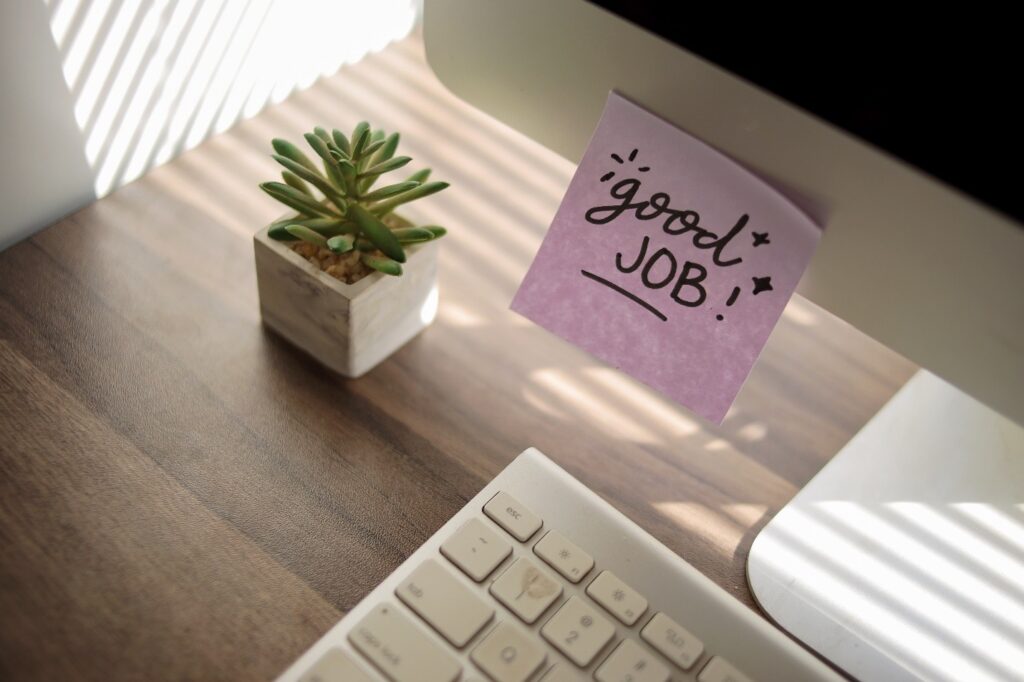For generations, paid time off was designed around one idea. People stayed home when they were physically ill. A fever, a stomach infection, a broken bone, or something contagious. Mental difficulty, by contrast, was expected to be invisible. Workers were assumed to push through stress, anxiety, exhaustion, or personal struggle the same way they pushed through a busy week. Today, that assumption is changing. Around the world, more companies are acknowledging something that employees have long understood. Mental health is part of health, and sometimes the mind needs a day of recovery just as much as the body.
A Cultural Shift in How We Understand Work and Wellbeing
The modern workplace is far more aware of psychological load than it used to be. A growing number of employees report chronic stress, burnout, or emotional fatigue. The rise of remote work has blurred the line between personal and professional time, while constant digital availability has reduced moments of rest. In this new environment, many people do not become physically ill. They become emotionally depleted. They feel overwhelmed, anxious, or simply unable to perform with the clarity and focus that their job requires.
Companies are starting to respond. Some organizations have introduced formal mental wellness days, while others allow workers to use their sick leave for psychological reasons. In the United States, several states have legally recognized mental days as valid grounds for school absence. In business culture, this idea is spreading rapidly, especially in industries with high emotional intensity such as, consulting, technology, education, healthcare, and creative work.
Why Companies Take Mental Health Seriously
Mental wellness is no longer viewed as a private matter that stays outside the office door. Research shows that employees experiencing emotional exhaustion are more likely to make mistakes, lose focus, avoid cooperation, or disconnect from their tasks. When this becomes chronic, performance falls, and staff turnover rises. Replacing a single employee can cost a company between one and two years of salary, depending on the role. For modern organizations, prevention is cheaper than reaction.
Companies that allow mental days report that workers return more focused, more stable, and more productive. A single day of rest does not solve deeper struggles, but it prevents small issues from turning into serious burnout. It also sends a message that the workplace sees the employee as a full human being rather than a machine built for output.

The Stigma That Once Prevented People from Speaking Out
Until recently, many workers felt guilty asking for time off due to mental strain. The idea that psychological difficulty is a sign of weakness created by silence. People feared being judged, overlooked for promotions, or considered unreliable. As a result, many pushed through stress until their performance collapsed. The conversation began to shift when public figures, athletes, and business leaders spoke openly about mental health, showing that emotional pressure affects even the most successful people. These discussions helped remove stigma and encouraged workplaces to become more compassionate.
Generational Change and New Expectations
Younger employees, especially those in their twenties and early thirties, are more willing to talk openly about mental wellness. They expect their employers to recognize that emotional stability is part of a healthy working environment. This generational shift has forced many companies to rethink their culture. A workplace that ignores mental health risks losing both talent and reputation.
At the same time, older generations, who were often taught to suppress emotional difficulty, are beginning to recognize the benefit of mental days. It offers relief without the pressure of pretending that everything is fine.
How Mental Days Actually Work
Different companies approach the idea in different ways. Some offer a small number of dedicated mental wellness days each year. Others include mental strain under standard sick leave. A few organizations provide spontaneous recovery days, where managers can encourage a team member to take time off if they notice signs of emotional exhaustion.
The most successful systems are simple, respectful, and private. Employees do not need to provide medical evidence or detailed explanations. They only need to communicate that they are not in a state to work effectively and need a day for mental recovery. The purpose is not to question the employees but to help them return in a better state of mind.
A More Human Approach to Work
The rise of mental wellness days marks a shift in how we think about labor. It suggests that performance does not come from constant pressure but from equilibrium. A rested mind works better than a strained one. A supported employee contributes more than an overwhelmed one. Mental days offer a small, practical step toward a workplace that values human beings rather than treating them as resources to be maximized.
As companies continue to evolve, mental health will remain central to discussions about productivity, culture, and long-term success. The trend reflects something simple but profound: the mind deserves the same care as the body, and sometimes the best way to keep moving forward is to take a day to breathe, reset, and return with clarity.







